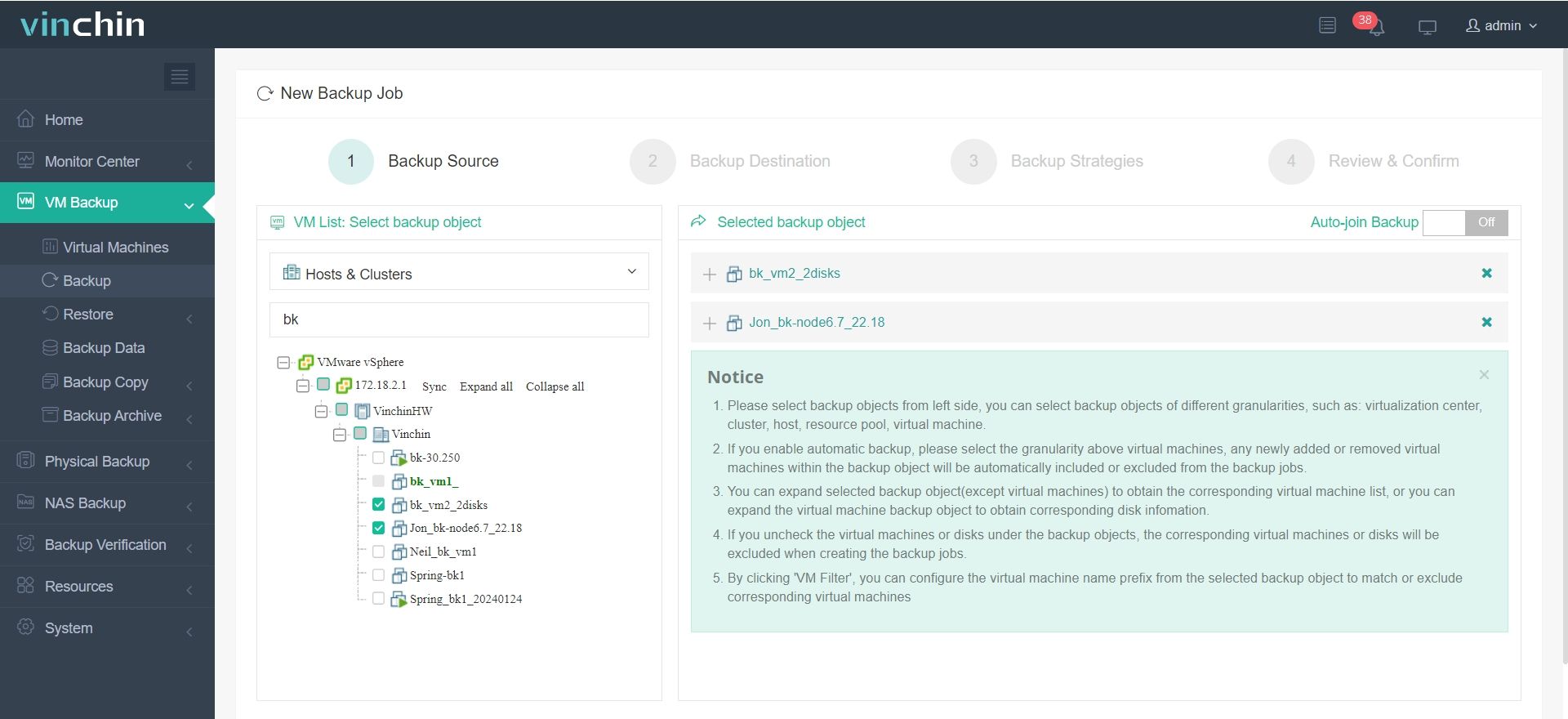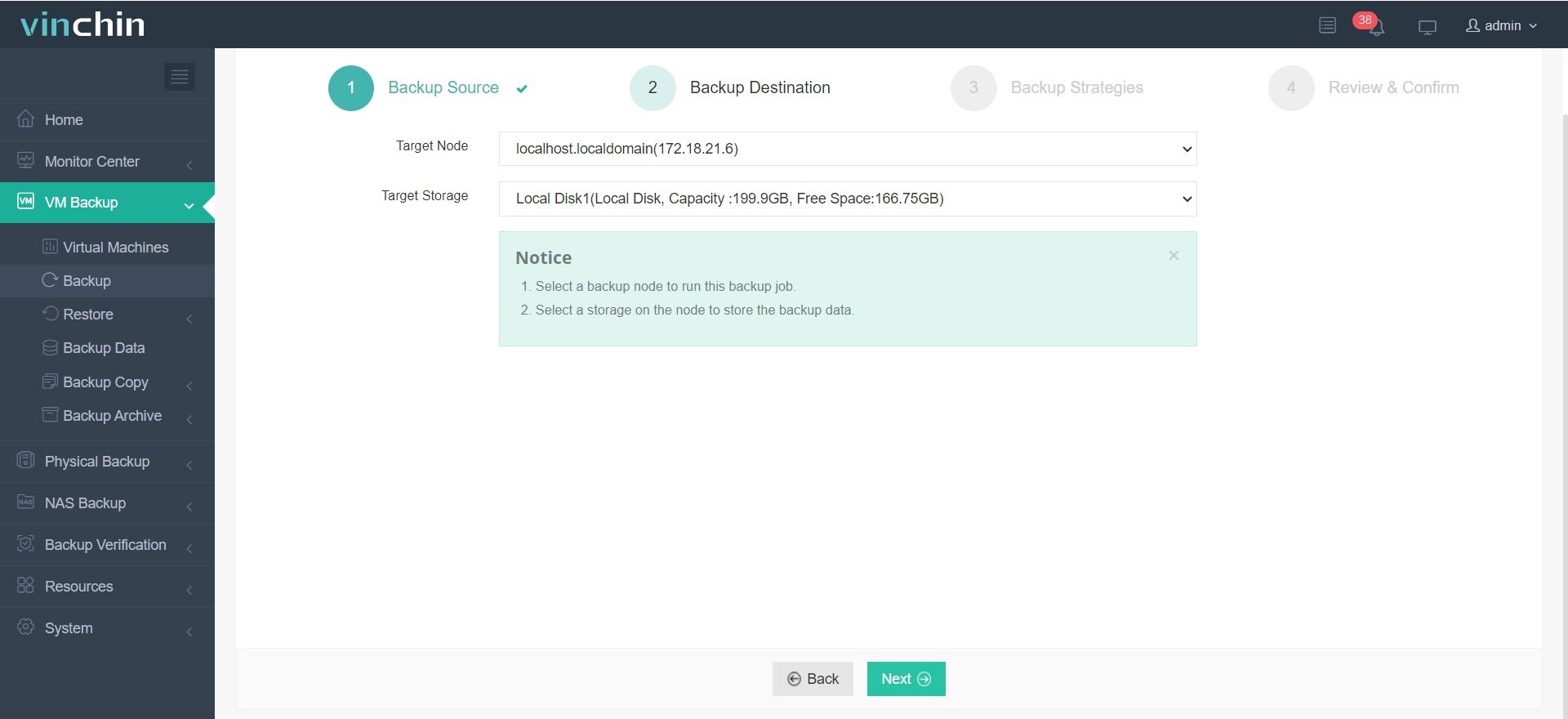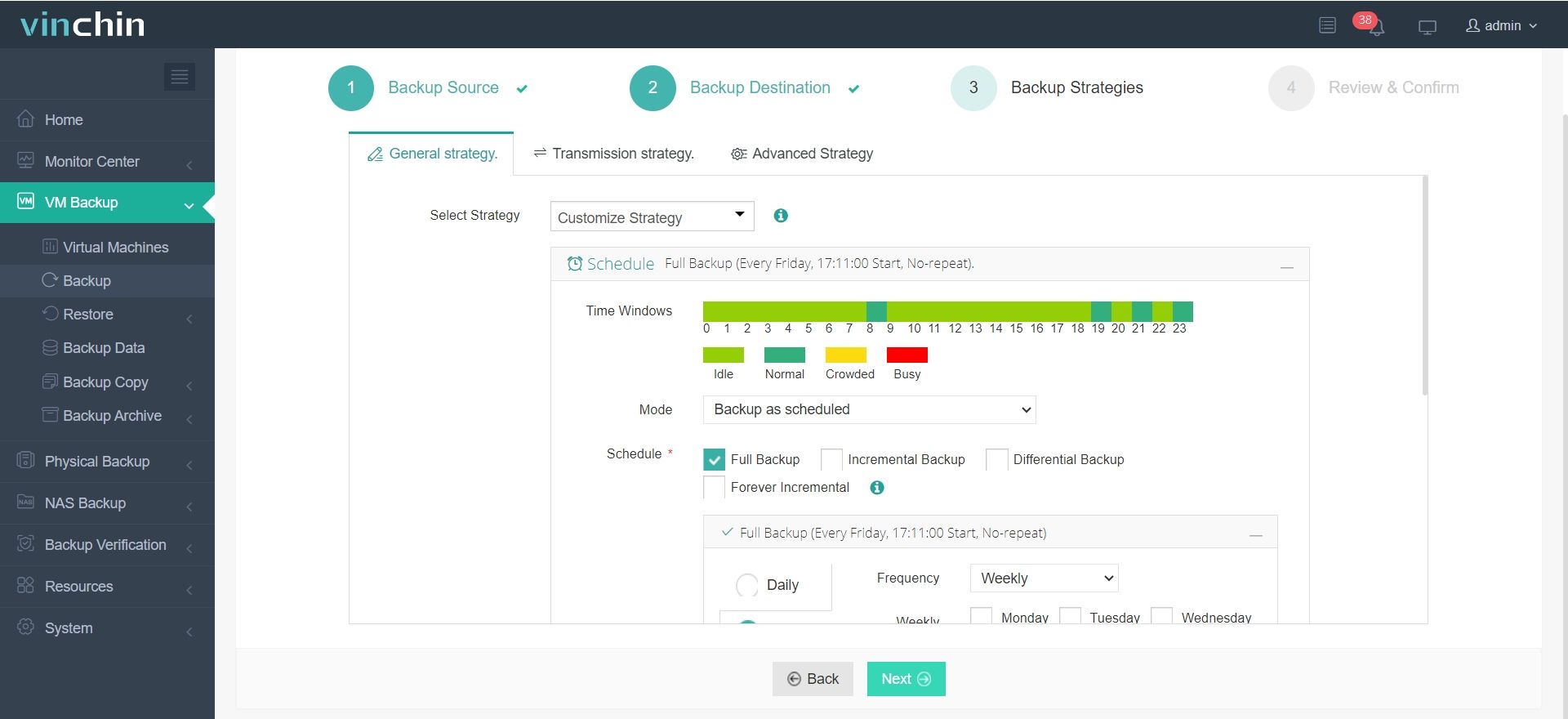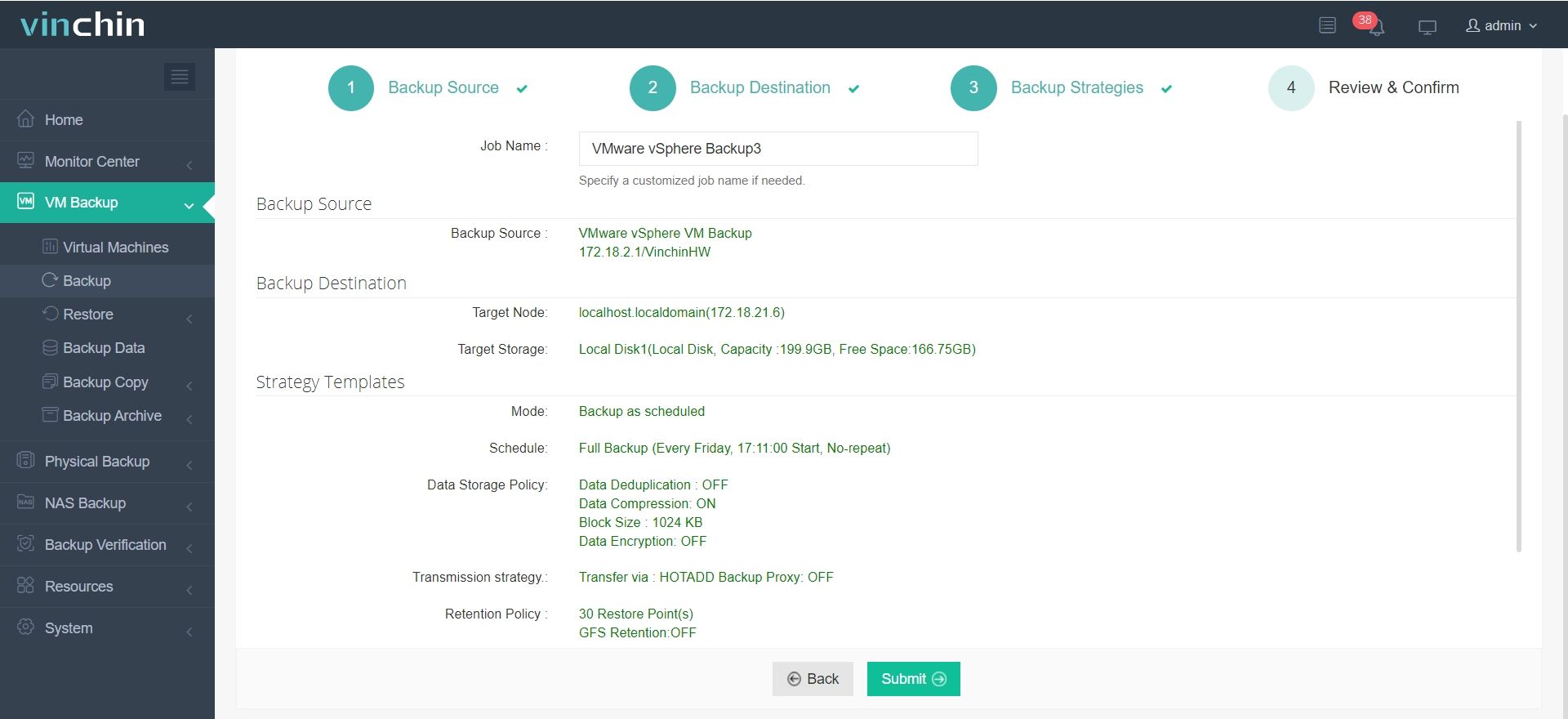-
Why VMware says no operating system was found?
-
How to fix VMware operating system not found issue?
-
How to backup your VMware virtual machine?
-
VMware operating system not found FAQs
-
Conclusion
VMware provides the convenient hypervisors to help people easily run virtual machine. Most of the time, you could install a Windows, Ubuntu, or Linux operating system after creating a new virtual machine with New Virtual Machine wizard, but sometimes there would be problem stopping you from using virtual machine.
Some VMware users report that when they start a VM, there is an error message saying operating system not found. This error message would appear after users create a new VM machine, migrate VM, or convert server.
You might be sure that your operating system ISO file is in the right place so this error message is confusing. You would know the reason and how to solve the problem in this passage

Why VMware says no operating system was found?
According to many cases, there is more than one cause which could lead to the same symptom of no operating system found, including missing necessary setup, problematic ISO file, and crashed VM.
If there is missing necessary setup, your virtual machine could not recognize your drive (virtual or physical) when you start it.
If the prepared ISO file actually could not be used, VM would not regard it as operating system files.
If the virtual machine is corrupt, you might need to create a new one.
How to fix VMware operating system not found issue?
Since you have known the possible causes of the problem, let’s try troubleshooting the issue with detailed steps.
Solution 1. Let your VM knows the location of your ISO file
To boot VMware VM from ISO and install operating system, you need the ISO file which could be stored on the host machine, or CD/DVD. If you use the ISO file stored on the host machine, you need to use the virtual drive of your VM to boot it. If you use a CD or DVD, you insert it into the host machine and also need to let your VM use the drive of the host machine.
Open VMware > right click the failed VM > select Settings in the drop-down list > click Hardware tab > click CD/DVD > if you use ISO images file, click Browse to add your ISO file here; if you use CD or DVD, select Use physical drive to detect it > here comes the important step. Check Connected and Connect at power on to make sure the VM could recognize the right drive and find the ISO file > click OK > reboot the failed VM to see whether it could detect the ISO file.
Solution 2. Make sure your ISO file is bootable
There is a lot of tools that could help you verify that whether the ISO file is bootable like PowerISO and UltraISO. These professional tools could help you know whether your ISO file could be used to install operating system.
In addition, you could also verify it by a simple way. Just create a new VM on another host machine and use the same ISO file to install operating system. If it still fails, then it is very likely that it’s the fault of the ISO file.
Solution 3. Create new virtual machine
Maybe it is the last way that you want to use if you have data on your VM.
With a new virtual machine, the most problem would disappear.
By the way, your data on VM need to be protected. Making a disaster recovery plan is the best way so far.
How to backup your VMware virtual machine?
Virtual machine is very important for your business system. Most of the time they are just doing their work but sometimes they could get “sick”. If certain issues causes downtime, what would you do?
In fact, most of the big companies have their disaster recovery plan for emergency and you could also have your own disaster recovery plan.
Vinchin Backup & Recovery is a professional virtual machine backup solution. It not only help you backup VMware vSphere virtual machines, but also VMs of other brands like Proxmox oVirt, XenServer, Hyper-V, etc.
Agentless Backup: In the past, you might need to deploy agent on every VM to backup them all but with Vinchin Backup & Recovery, agentless backup would help you save a lot of time and maintenance cost.
Instant Recovery: Whenever you have problem with your VMs, Vinchin Backup & Recovery could help you seamlessly recover your VM to guarantee the continuity of your business,
Cross-platform Recovery: Don’t be bothered with heterogeneity problem because Vinchin Backup & Recovery would help you execute data recovery and migration between heterogeneous platforms in critical moment
Its user-friendly web console will help you easily create a VM backup job in 4 steps.
1. Select the VMware VM

2. Select the backup storage

3. Select the backup strategies

4. Submit the job

Vinchin has gained reputations from customers spanning all around the world. Just start a 60-day full-featured freetrial by clicking the button below.
VMware operating system not found FAQs
Q1: Why won’t my VM boot after I switch the virtual disk from IDE to SCSI?
A: The guest OS lacks the SCSI driver and can’t access the boot disk under the new controller.
Q2: How do I fix “Could not find a storage controller” on VM import?
A: Add the matching SCSI controller entry to the VM’s .vmx configuration before powering on.
Q3: Why does VMware show “Operating System Not Found” when using UEFI?
The VM is set to EFI firmware but the OS was installed under legacy BIOS, so no bootloader is found.
Conclusion
After you create a new VM, migration VM, or convert the server, you might have the problem that VMware operating system not found. You could follow the 3 method to troubleshoot and fix it.
By the way, don’t forget to backup your VMs with Vinchin Backup & Recovery.
Share on:






